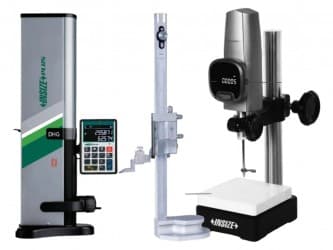Microscopes & Digital Cameras
Microscopes and digital cameras are essential tools in scientific research, education, and various industries. They allow for detailed observation, analysis, and documentation of objects and specimens. Here's an overview of microscopes and digital cameras:
Microscopes: Microscopes are optical instruments used to magnify and observe small objects or structures that are not visible to the naked eye. They have various applications in fields such as biology, medicine, materials science, geology, and forensic science. Some key types of microscopes include:
Optical Microscopes: Optical microscopes use visible light and lenses to magnify and resolve the details of the specimen. They come in different designs, such as compound microscopes (with separate objective and eyepiece lenses) and stereo microscopes (for three-dimensional observation). Optical microscopes are versatile and widely used in many applications.
Electron Microscopes: Electron microscopes use a beam of electrons instead of light to illuminate the specimen, providing higher magnification and resolution than optical microscopes. They include scanning electron microscopes (SEMs) for surface imaging and transmission electron microscopes (TEMs) for detailed internal structure analysis. Electron microscopes are particularly valuable for studying subcellular structures and nanoscale objects.
Confocal Microscopes: Confocal microscopes use laser light and a pinhole aperture to generate high-resolution, three-dimensional images of fluorescently labeled specimens. They are widely used in biological research, allowing for precise imaging of cellular and subcellular structures.
Digital Cameras: Digital cameras are used in conjunction with microscopes to capture images and videos of the observed specimens. They offer several advantages over traditional film cameras, including instant image review, storage, and easy sharing or transfer of digital files. Key features and considerations of digital cameras for microscopy include:
Resolution: Higher resolution cameras capture finer details of the specimens. Megapixels (MP) indicate the camera's resolution, but it's important to consider the camera's sensor size and pixel size for optimal image quality.
Connectivity and Interface: Digital cameras can connect to microscopes via various methods, such as direct attachment to the microscope's eyepiece or integration with the microscope's imaging system. USB, HDMI, or Wi-Fi interfaces allow for easy data transfer and live viewing on external displays or computers.
Software and Image Analysis: Digital cameras often come with imaging software that enables image capture, processing, and analysis. This software may include measurement tools, annotation capabilities, and image stitching for creating panoramic images.
Specialized Cameras: Some digital cameras are designed for specific microscopy techniques, such as fluorescence microscopy. These cameras have enhanced sensitivity to capture low-light fluorescence signals.
Microscopes and digital cameras play crucial roles in scientific research, education, and industry, enabling detailed observation and documentation of specimens. Advances in digital imaging technology have significantly improved the capabilities and convenience of microscopy, supporting various applications in diverse fields.





